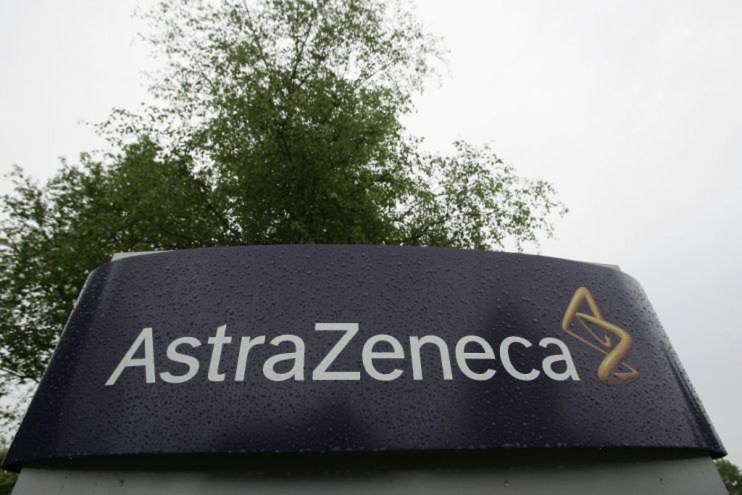| Updated:

Astrazeneca has become the most recent UK-listed company to achieve a market valuation of £200bn, a landmark achievement for both the pharmaceutical giant and the London Stock Exchange, as investors have been won over by its ambition and success with cancer treatments.
The company’s shares rose by 1.1 per cent on Tuesday, propelling its market capitalisation to £200.3bn, a feat achieved before by Vodafone and Shell. Analysts have said the milestone is a culmination of years of meticulous planning and execution under the leadership of chief executive Pascal Soriot.
His tenure, now in its twelfth year, has been defined by a shift in the company’s focus, steering Astrazeneca away from its legacy in respiratory and primary care to focus on developing a world-class portfolio of cancer drugs.
“It’s been a long time coming but Astrazeneca has reached quite the milestone,” said Danni Hewson, head of financial analysis at AJ Bell. “Today is a pat on the back for Pascal Soriot, but it’s also a boon for London markets, which have been fighting to maintain their relevance,” she added.
Despite a recent sell off caused by higher than expected costs, this year alone, Astrazeneca’s stock has surged by nearly 20 per cent, as investors have backed Soriot’s ambitious vision for the company.
In May, he announced a “new era of growth,” with the goal of doubling the company’s revenue to $80bn (£62.3bn) by 2030. The strategy hinges on the launch of 20 new medicines, each with the potential to generate over $5bn (£3.4bn) in peak year revenues.
“In 2023, we delivered the ambitious $45bn revenue goal set a decade ago,” Soriot said during the May announcement. “With the exciting growth of our innovative pipeline, which has the potential to transform millions of lives, we are now aiming for $80bn by 2030.”
How did Astrazeneca get to a £200bn valuation?
A decade ago, the company faced a hostile takeover bid from American pharmaceutical giant Pfizer, which ironically now has a market cap below Astrazeneca’s of $163.5bn (£127.3bn). The £55-per-share offer, which valued AstraZeneca at approximately £69bn, was ultimately rejected.

At the time, the decision was contentious, with some investors questioning whether Astrazeneca could achieve sustainable growth on its own. But Soriot’s successful defence against Pfizer has since been vindicated, albeit in a “steady rather than showy” manner, according to Hewson.
The Astrazeneca boss has gradually reoriented the company towards research and development, expanding its drug pipeline and wooing investors with the potential for advances in cancer treatment and weight loss drugs.
Since Soriot’s successful bid defence against Pfizer, Emily Field, an analyst at Barclays, said he has “transformed the company from a legacy respiratory, primary care company into an oncology powerhouse.”
Under his leadership, Astrazeneca has developed a series of lucrative treatments, particularly in the field of oncology. Its cancer drugs, such as Tagrisso, Enhertu and Imfinzi, have helped drive revenue growth, with the firm’s oncology division reporting an increase of 26 per cent earlier this year.
Beyond oncology, the company has made progress in areas such as diabetes and cardiovascular disease. Its portfolio also included the widely-used Covid-19 vaccine, developed alongside Oxford University, although the vaccine has since been withdrawn from most markets as demand has waned.
The company’s success is not only a victory for Astrazeneca but also for the broader London financial markets and the London Stock Exchange, which have been struggling to maintain their status as leading global financial hubs.
This article has been corrected to say that Astrazeneca is the most recent firm to hit a £200bn valuation, not the first.












